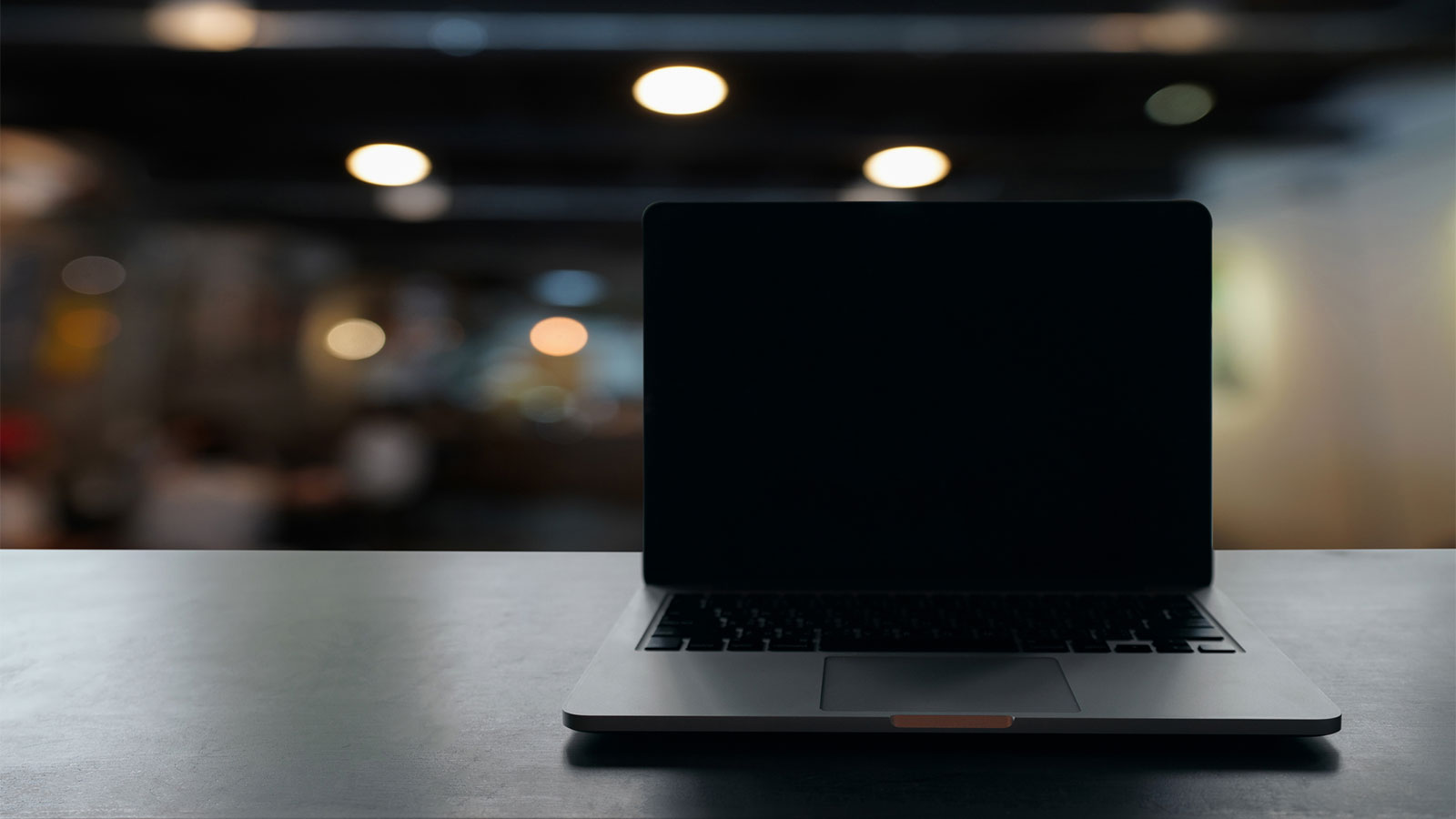Encountering a full black screen on your computer can be frustrating, whether you’re working, gaming, or just browsing. This issue, often called the “black screen of death,” can stem from hardware glitches, software conflicts, or simple misconfigurations. If you’re wondering, “How do I fix a full black screen?”, you’re not alone—it’s a common problem with multiple solutions. In this guide, we’ll walk you through practical steps to diagnose and resolve a black screen issue, getting your device back to normal quickly.

Why Does a Full Black Screen Happen?
Before diving into fixes, understanding the cause can help you troubleshoot effectively. Here are common reasons for a full black screen:
- Graphics Driver Issues: Outdated or corrupted drivers can prevent the display from loading.
- Hardware Problems: Faulty cables, monitors, or graphics cards might be to blame.
- Software Conflicts: Recent updates, malware, or crashes can disrupt the system.
- Power Settings: Incorrect configurations may turn off the screen unexpectedly.
How Do I Fix a Full Black Screen? Step-by-Step Solutions
Here’s a detailed roadmap to tackle the full black screen issue on your PC or laptop:
Step 1: Check Basic Connections
- What to do:
- Ensure your monitor is powered on and the power light is active.
- Verify all cables (HDMI, VGA, DisplayPort) are securely plugged into both the monitor and the computer.
- If using an external monitor, test with a different cable or port.
- Why it works: Loose or damaged connections are a frequent culprit for a full black screen.
Step 2: Restart Your Computer
- What to do:
- Press and hold the power button for 10 seconds to force a shutdown.
- Wait a minute, then turn it back on.
- Why it works: A simple reboot can resolve temporary glitches causing the black screen.
Step 3: Boot into Safe Mode
- How to do it:
- Restart your PC and press F8 (or Shift + F8) repeatedly before Windows loads (timing varies by system).
- Select Safe Mode from the boot menu.
- If the screen displays, the issue likely lies with drivers or software.
- Why it works: Safe Mode loads minimal drivers, bypassing potential conflicts that trigger a full black screen.
Step 4: Update or Roll Back Graphics Drivers
- How to do it:
- In Safe Mode, right-click This PC > Manage > Device Manager.
- Expand Display adapters, right-click your graphics card, and choose Update driver.
- If updated recently, select Roll Back Driver instead.
- Restart after changes.
- Why it works: Corrupted or incompatible graphics drivers are a leading cause of black screens, and fixing them often resolves the issue.
Step 5: Check for Windows Updates
- How to do it:
- From Safe Mode, go to Settings > Update & Security > Windows Update.
- Click Check for updates and install any pending fixes.
- Why it works: Bugs in the operating system can cause a full black screen, and updates often include patches.
Step 6: Test Hardware Components
- What to do:
- Disconnect external devices (USB drives, printers) and restart.
- If using a desktop, reseat the graphics card and RAM.
- Test with another monitor if possible.
- Why it works: Faulty hardware—like a failing GPU or loose RAM—can result in a black screen.
Step 7: Use System Restore or Reset
- How to do it:
- In Safe Mode, search for System Restore and choose a restore point before the issue started.
- Alternatively, go to Settings > Update & Security > Recovery > Reset this PC (keep files if possible).
- Why it works: Rolling back system changes or resetting can eliminate software issues causing the full black screen.
Additional Tips to Prevent a Full Black Screen
- Keep Drivers Updated: Regularly check for graphics driver updates via the manufacturer’s website (NVIDIA, AMD, Intel).
- Avoid Overheating: Ensure proper ventilation and clean dust from your PC.
- Run Antivirus: Scan for malware that might corrupt system files.
- Test Power Supply: A weak PSU can fail to power the display properly—consider professional testing if other fixes fail.
When to Seek Professional Help
If you’ve tried everything and still face a full black screen, it might be time to consult a technician. Persistent issues could signal:
- A dead graphics card or motherboard.
- A failing monitor or internal display (for laptops).
- Complex software corruption beyond basic fixes.
Conclusion
Wondering “How do I fix a full black screen?” doesn’t have to leave you in the dark. From checking cables to updating drivers and testing hardware, these steps offer a clear path to troubleshoot and resolve the problem. Most black screen issues are fixable at home with patience and the right approach. So, next time your screen goes blank, follow this guide to bring it back to life. Have you faced a black screen before? Share your experience or questions in the comments below—we’d love to help!